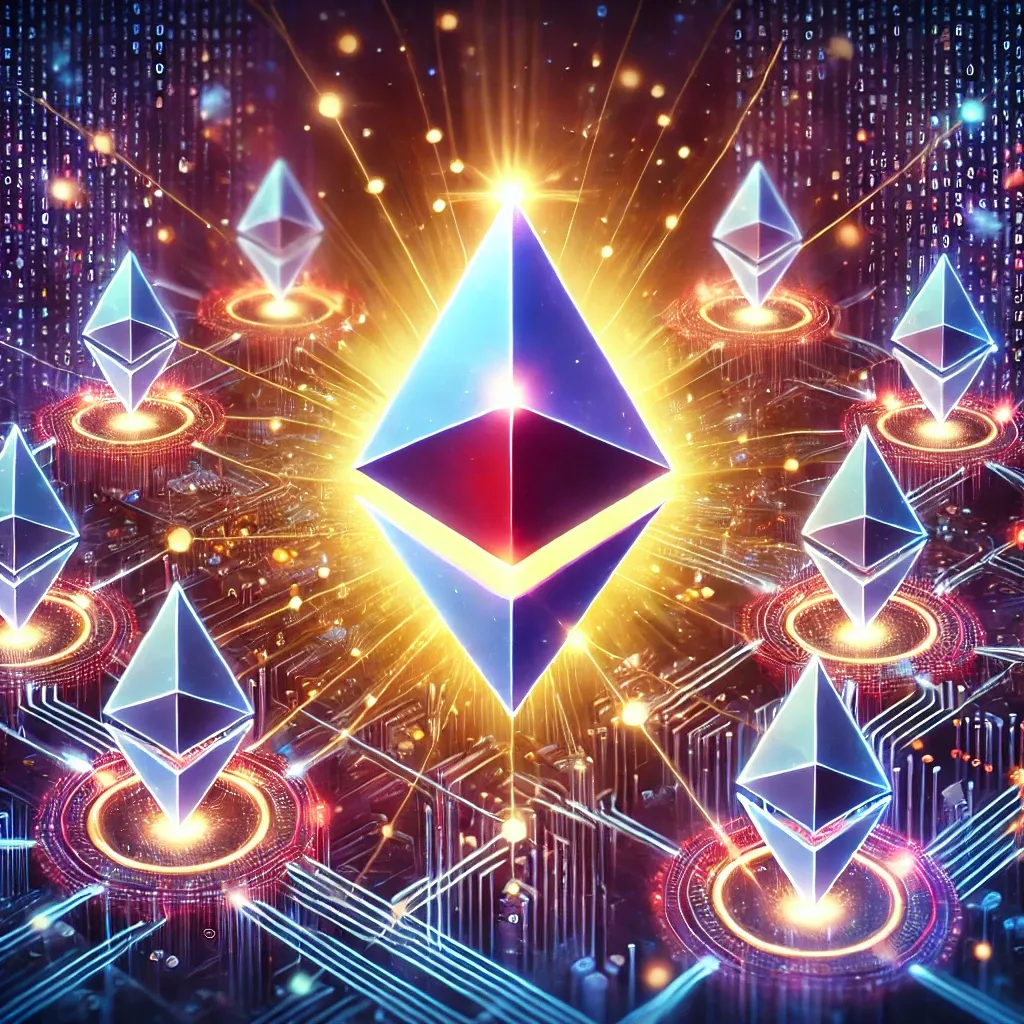What will happen to Ethereum after the merge? If you’ve been asking yourself this question, you’re not alone. The "merge" is one of the most significant events in the world of cryptocurrencies, and understanding how it will affect the Ethereum network is crucial for anyone who wants to know where the future of blockchain and crypto is headed.
In this article, we will dive into everything you need to know about what has happened so far, the implications of the merge, and, most importantly, what you can expect in the coming years for Ethereum and its blockchain.
What is the Ethereum Merge?
Before we get into the future of Ethereum, it’s important to understand what the merge actually is. In simple terms, the merge refers to Ethereum’s transition from a Proof of Work (PoW) consensus mechanism to Proof of Stake (PoS).
Previously, Ethereum miners used large amounts of computational power to validate transactions and secure the network, which required significant energy consumption and led to criticism over the environmental impact of the blockchain.
The merge changes this. Now, instead of relying on miners, the network is secured by validators who "stake" or lock up a certain amount of cryptocurrency to validate transactions. This shift not only drastically reduces energy consumption, but also marks a crucial step toward making Ethereum more scalable, faster, and sustainable in the long run.
Why Was the Merge Necessary?
The main reason behind the merge was to improve energy efficiency and scalability. As Ethereum became the second most important cryptocurrency after Bitcoin, it also faced serious issues. High fees, slow transaction speeds, and massive energy consumption were some of the major challenges threatening its growth.
With the merge, Ethereum has achieved:
Reduced energy consumption: The shift to PoS reduced energy usage by 99.95%, making it far more efficient than the previous PoW system.
Scalability: The Ethereum network is now better equipped to handle higher transaction volumes, which is key to its adoption in real-world applications.
Security: The PoS model allows for greater security on the network. By requiring validators to lock up Ethereum as a form of collateral, any attack on the network would be extremely costly.
What Does the Merge Mean for Users and Developers?
For most users, the Ethereum merge is a positive development, though it may not have been immediately noticeable. In the short term, the most obvious change is the improved energy efficiency. However, other benefits like lower fees and faster transactions may take a bit longer to become apparent.
For developers, the merge opens up a wealth of opportunities. Ethereum’s blockchain, now more efficient, becomes a more attractive platform for building decentralized applications (dApps). Additionally, as the network's capacity to handle more transactions improves, Ethereum becomes a more viable option for those developing large-scale solutions on the blockchain.
Implications for dApps and DeFi
Decentralized finance (DeFi) and decentralized applications (dApps) have been two of the biggest use cases for Ethereum. With the merge, the future for these technologies looks even brighter.
dApps built on Ethereum can now operate more efficiently. With a faster and more secure network, developers can design applications that provide a better user experience without the high costs that previously accompanied transactions on the network.
In the realm of decentralized finance, the enhanced security of the network is also key. Ethereum solidifies itself as a reliable platform for DeFi, where users can interact with smart contracts without relying on intermediaries.
The Future of Ethereum After the Merge
Now that the merge has occurred, Ethereum is well-positioned to implement other crucial upgrades that will further improve its performance and boost adoption. Below, we explore some of the key areas where we expect to see advancements in Ethereum’s future.
Ethereum 2.0 and Sharding
One of the next major milestones for Ethereum will be the introduction of sharding. In simple terms, sharding breaks the blockchain into smaller fragments, allowing transactions to be processed more efficiently. This is critical for improving the network’s capacity and preventing bottlenecks as more users and developers interact with Ethereum.
This upgrade is expected to significantly increase the number of transactions Ethereum can handle per second, further reducing fees and making the network more accessible for everyone.
Impact on the Cryptocurrency Ecosystem
Ethereum is the backbone of many other cryptocurrency projects and blockchains. Its success or failure has a direct impact on the ecosystem as a whole. The transition to PoS and future updates could solidify Ethereum as the most important network in the crypto space, even surpassing Bitcoin in terms of practical usage.
With greater efficiency, scalability, and a reduced environmental footprint, Ethereum is uniquely positioned to become the go-to platform not only for DeFi and dApps, but also for businesses looking to leverage blockchain technology in a responsible and scalable way.
Challenges Ahead After the Merge
While the merge is a significant leap forward, there are still challenges that Ethereum needs to overcome:
Competition: Other blockchains like Solana and Cardano are also improving their technologies, offering alternatives with lower fees and faster speeds.
Mass adoption: For Ethereum to truly reach its potential, it will need to be adopted by a wider audience, including businesses and governments.
Transaction fees: Although the merge promises lower fees, additional upgrades, like sharding, may be needed to see a significant reduction in transaction costs.
Conclusion: A New Chapter for Ethereum
The Ethereum merge marks the beginning of a new era for blockchain and cryptocurrencies. This change has not only made Ethereum more sustainable from an energy perspective, but also opened the door for future innovations that will enhance its scalability and efficiency.
As Ethereum continues to evolve, it will play a critical role in the future of the blockchain ecosystem. For users, developers, and investors, keeping an eye on the updates and developments following the merge will be key to making the most of what this network has to offer in the coming years.
